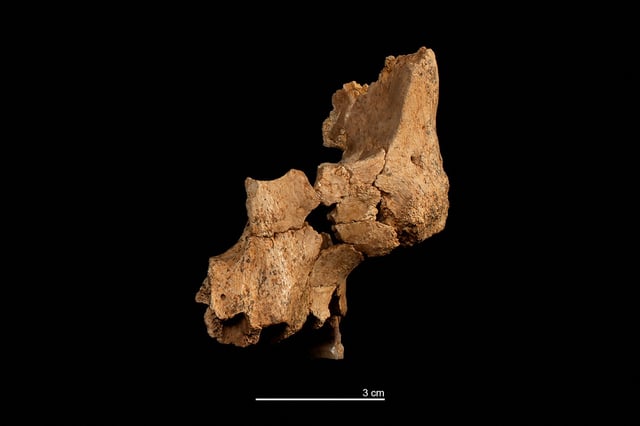Overview
- Archaeologists in northern Spain uncovered a 1.1 to 1.4-million-year-old partial face fossil, nicknamed 'Pink,' at the Sima del Elefante site in 2022.
- The fossil, consisting of a left cheekbone and upper jaw, is the oldest human ancestor found in Western Europe, predating Homo antecessor by over 250,000 years.
- Researchers suggest 'Pink' may belong to a new hominin species they tentatively call Homo 'affinis' erectus, though its exact classification remains uncertain.
- Stone tools and animal bones with cut marks found alongside the fossil provide insights into early human subsistence strategies in a humid forest environment rich in wildlife.
- The discovery supports the theory of east-to-west human migration into Europe over 1.4 million years ago, raising questions about the survival and extinction of early hominin populations.



